When artist Eduardo Fausti first set foot on Orcas Island, he might as well have stepped off the ferry onto another planet. He had been living in New York City after a stint in San Francisco, and was hoping to move back to the West Coast — maybe Oregon or Washington. He’d never heard of the San Juan Islands before they popped up on a map of real estate listings.
Once there, he discovered an atmosphere entirely distinct from the bustling cities he’d grown accustomed to. The air was fresh and sea-scented, the silence astounding, interrupted now and again only by birdsong or wind rustling through evergreens. And at night the skies were so dark he saw more stars than he’d thought possible.
“It was an incredible revelation,” Fausti recalls.
For years, he’d been working in the arduous and meticulous process of making mezzotints, a form of intaglio (metal carving) from the 1600s. But immediately after moving to Orcas Island with his partner in 2015, he wanted to work in an art form that could urgently express the sounds and colors of his new home.
“I really was eager to start doing some work about the island,” Fausti says, “and I knew mezzotints would take me too long.” He turned to monotypes, in which multiple inks are painted directly onto a piece of Plexiglass that is cranked through a paper press (quickly, before the paint dries). To Fausti, this medium felt “the most painterly … and direct.”
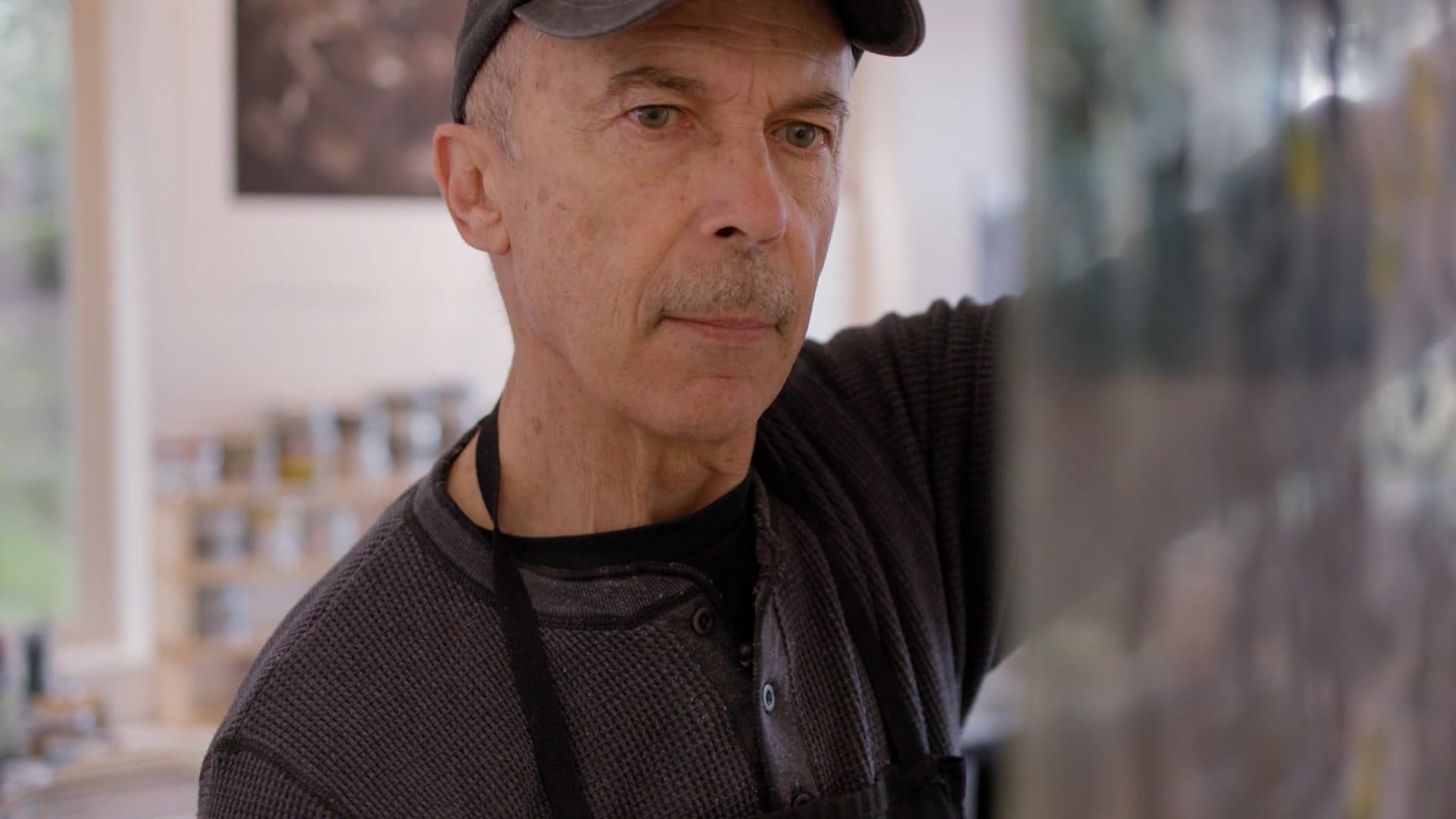
So began his ongoing series called Reflections on Sound, a double entendre. In one sense it’s a nod to the expansive archipelago view from his home, high up on a hill above Eastsound. The title also points to his quiet and personal accounting of the natural sounds (creeks, frogs, wind) he hears on his regular walks to places like Mountain Lake, the Coho Preserve and Cascade Lake. Fausti aims to complete 100 prints; he has currently finished about 75.
“They’re all very colorful and they represent, to me, the variety of the sights and sounds of the island,” he says. “They have a lot of energy, because there’s a lot of energy in the island … water, trees, birds … everything is just moving and very much alive.”
Fausti’s images are abstract, though some resemble a field of wildflowers, others a tide pool brimming with creatures. Different viewers might see a constellation or a slice of geologic layers. “Each one of them is a manifestation of the beauty that I was able to acknowledge,” he says.
But he emphasizes that these shapes and patterns “are not a direct representation of what I see.” They are not meant to be literal landscapes, but instead “more like a representation of my awareness of the island … my emotional response to the solitude and silence.”
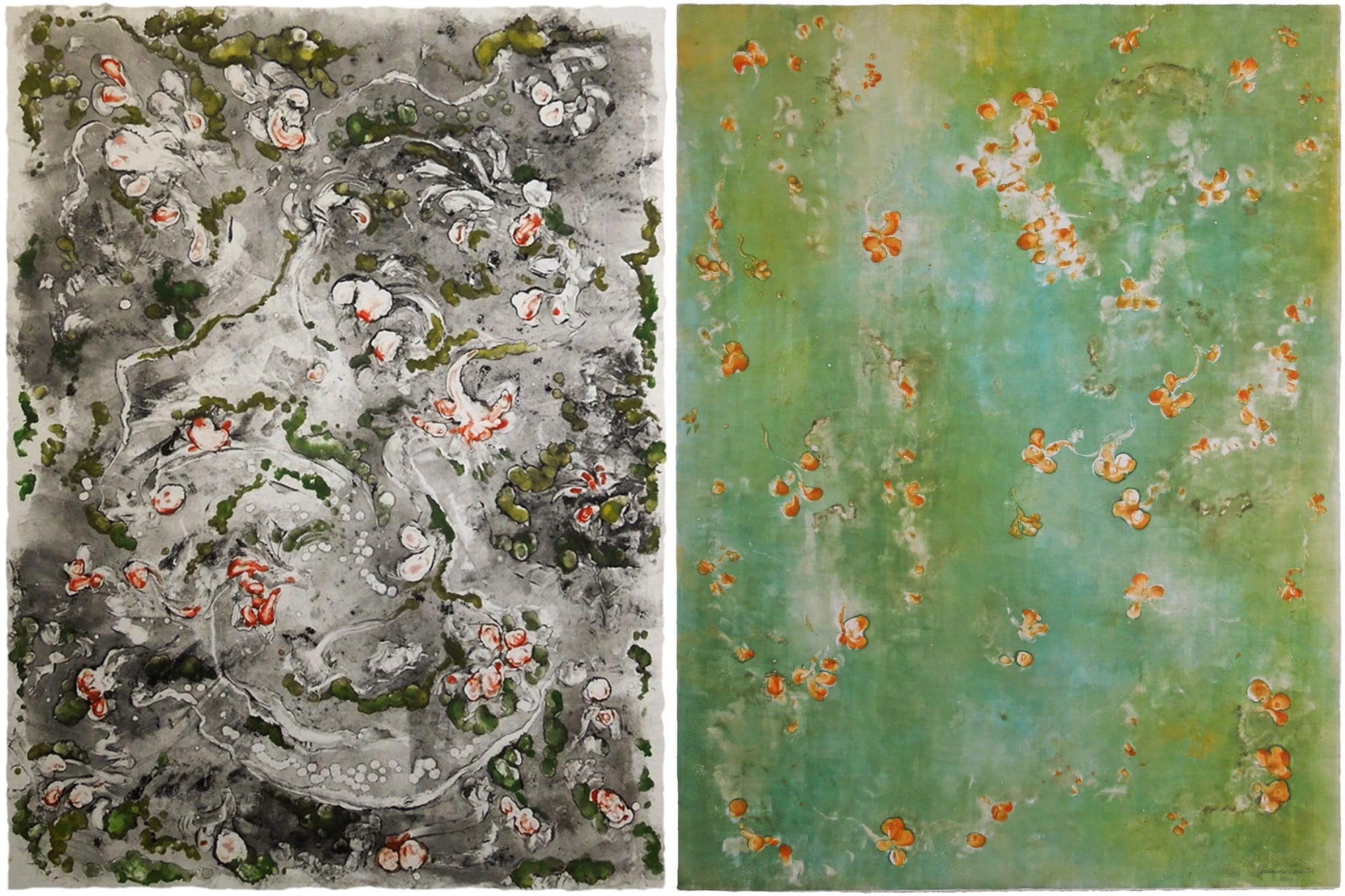
With monotypes, each print is singular — there is only one. And as with any kind of printing, there’s a bit of mystery to the process, as you never know exactly how it will turn out. This means that although a monotype can take several hours to complete, they aren’t all keepers. But Fausti relishes the happy accidents that make some of the pieces even better than he’d hoped.
Acquiring his dream press was a yearslong process, but he finally found a 1983 Charles Brand etching press, a 1,500-pound behemoth that required special reinforcement of his studio floor. He uses it for both mezzotints and monotypes, adjusting the massive pressure accordingly. The hulking vintage machine — which moved with him from NYC — is “the heart of the studio.”
He built the simple structure at the woods’ edge behind his house, incorporating large clerestory windows to bring in as much light as possible, even in winter. All around the airy space are the paint brushes, inks and heavy papers of his craft — here, even the wastebasket looks artistic, splattered with colorful splotches.
Fausti first exhibited an artistic bent as a child growing up in the Mendoza province of Argentina. Born in St. Martín, a town with a spectacular view of the Andes, he says his first art memory was being asked by a teacher to draw a flower — he chose a rose.
“Beauty is something that I was very concerned about since childhood,” Fausti recalls, “always pondering about beauty and what it really is. And I realized it’s something that I cannot measure … but it’s something that I felt inclined to manifest in one way or another.”
His natural talent convinced his parents to send him to an art school. He went on to study architecture, but did not complete his degree due to political turmoil in his home country. Instead, he emigrated to the U.S. at 23 and continued his art and printmaking studies here.
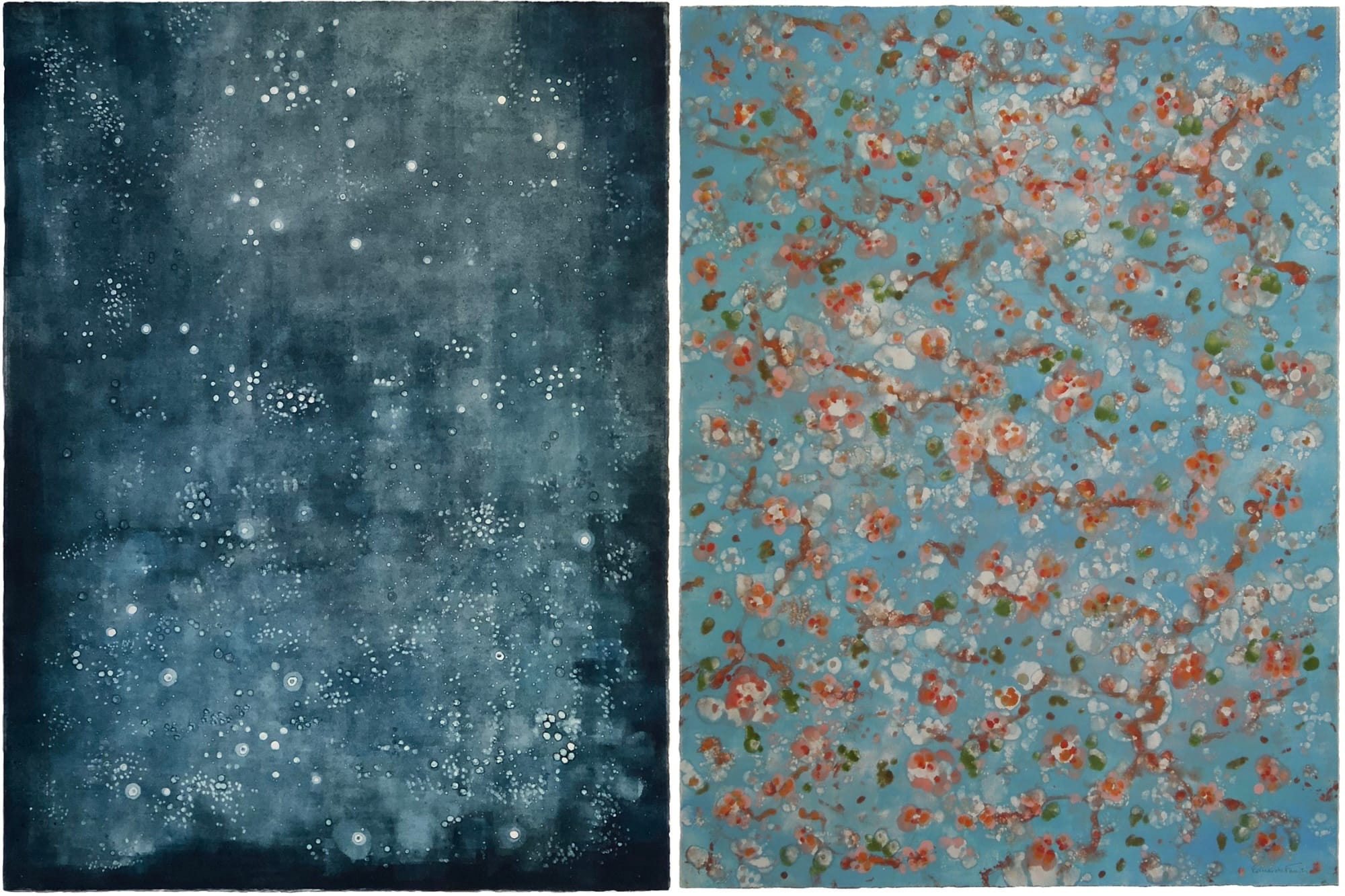
Look closely at his work and you start to see his early influences floating to the surface: the architectural patterns that structure some of his works; or his graceful brush strokes, honed in a course he took in Chinese painting and calligraphy at the China National Academy of Fine Arts in Hangzhou. And always, his youthful appreciation of the natural landscape in his hometown.
In some ways Fausti’s arrival on Orcas was like a time warp, suddenly bringing him back to the mountains, clean air and quiet of his childhood. Looking across the Strait of Juan de Fuca, he could see the snow-capped peaks of Mount Baker, the Olympic Mountains and Canada’s Whistler range — a view that felt familiar.
“I had become used to a lot of noise,” he explains. “But … when you live in a place that has a lot of silence, it starts affecting you emotionally.” When he arrived, he found it difficult even to walk a trail by himself — he would get too caught up in “his inner voices.”
Now, he says, “I could just listen to the sound of the breeze for hours.” It’s been a personal transformation.“What it awakens in me is more of a presence — it has allowed me to ponder more, and get to a place of inspiration and creation,” he says. “I come back to the studio and reflect on these moments of feeling at one with the environment.”
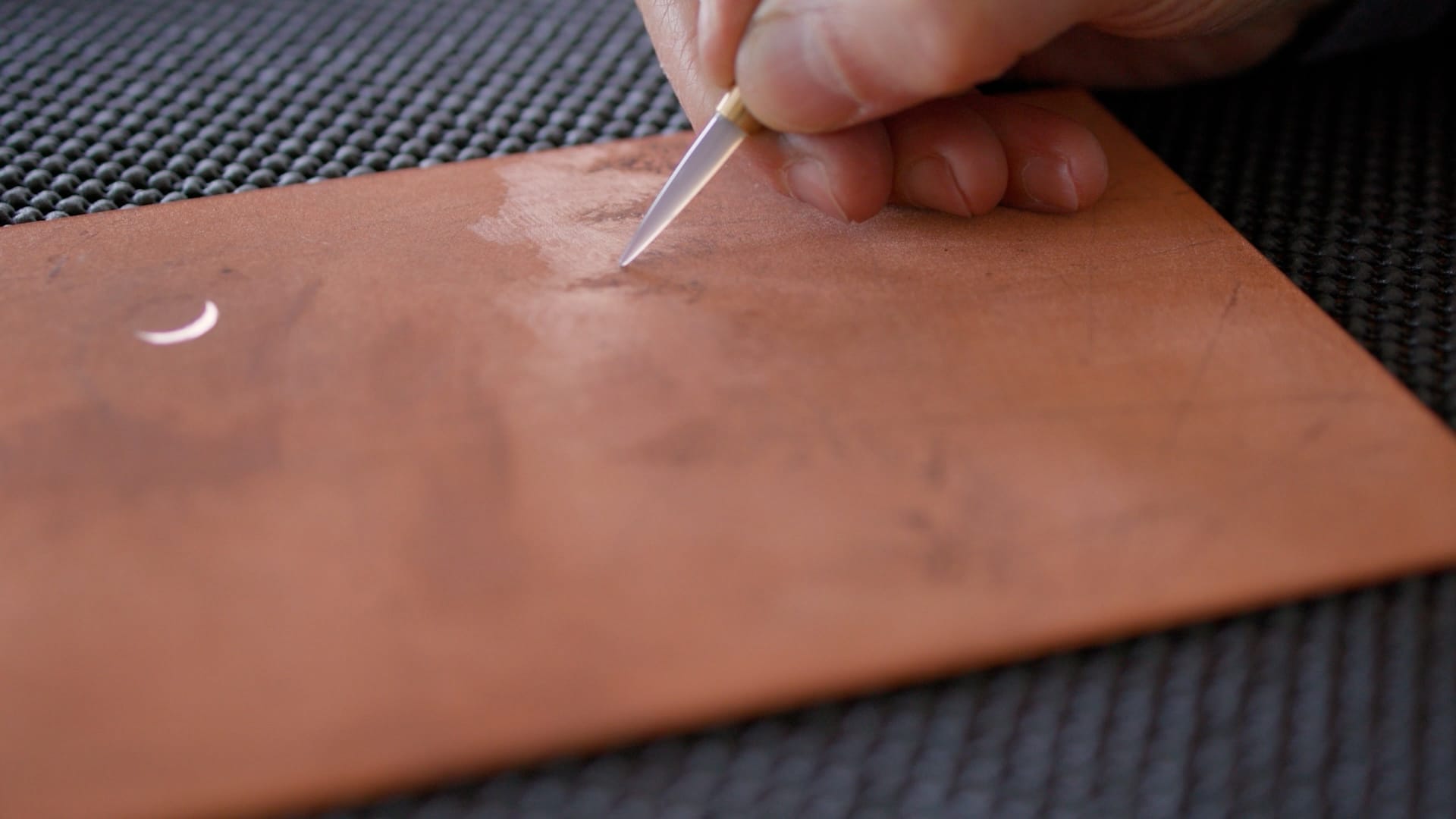
Fausti is well aware that he’s not the first person to have a meaningful encounter with the landscape of Orcas Island. “Something that is very important to me is the recognition that there were dwellers here before me; there were Native people who really took care of the environment in such a good way,” he says. “And so I feel a kind of privilege to be in such a place.”
The Lummi people (or Lhaq'temish, the People of the Sea) have occupied the San Juan Islands for generations, with ancestral villages in Eastsound, Deer Harbor and Doe Bay. As recently as this past June, Lummi leaders met with the Haida nation on Orcas to address the ongoing issue of sacred place names.
These tribes lived and thrived on the shores of the island (which they call Sx’wálex’) long before an 18th-century Spanish explorer named it after a Mexican viceroy — whose long string of names included Horcasitas. That name was shortened to Orcas by a British naval officer in the mid-1800s. (Though the spelling is the same, the island is not named for the killer whales that pass through every summer.)
For Fausti, the Orcas Island environment is inspiring both day and night. “I could barely see the stars in New York,” he recalls. So when he arrived, he says, “I was absolutely amazed by the night sky.”
The experience sparked a series of mezzotints centered on celestial bodies. Fausti still works regularly in this exacting art form, carving and burnishing copper plates in the lower level of his home. The medium is perfect for creating deep black skies in which orbs seem to float. He’s created striking images of Jupiter’s moons, as well as our own, in crescent form, which he often sees reflected in the Bay below.
Fausti counts Galileo as another inspiration, and considers his proof of heliocentrism as a modern-day metaphor we could all learn from: We are not the center of everything; there are immense forces of nature at work. In the end, he says, “I’m just one more manifestation of this incredible world.”
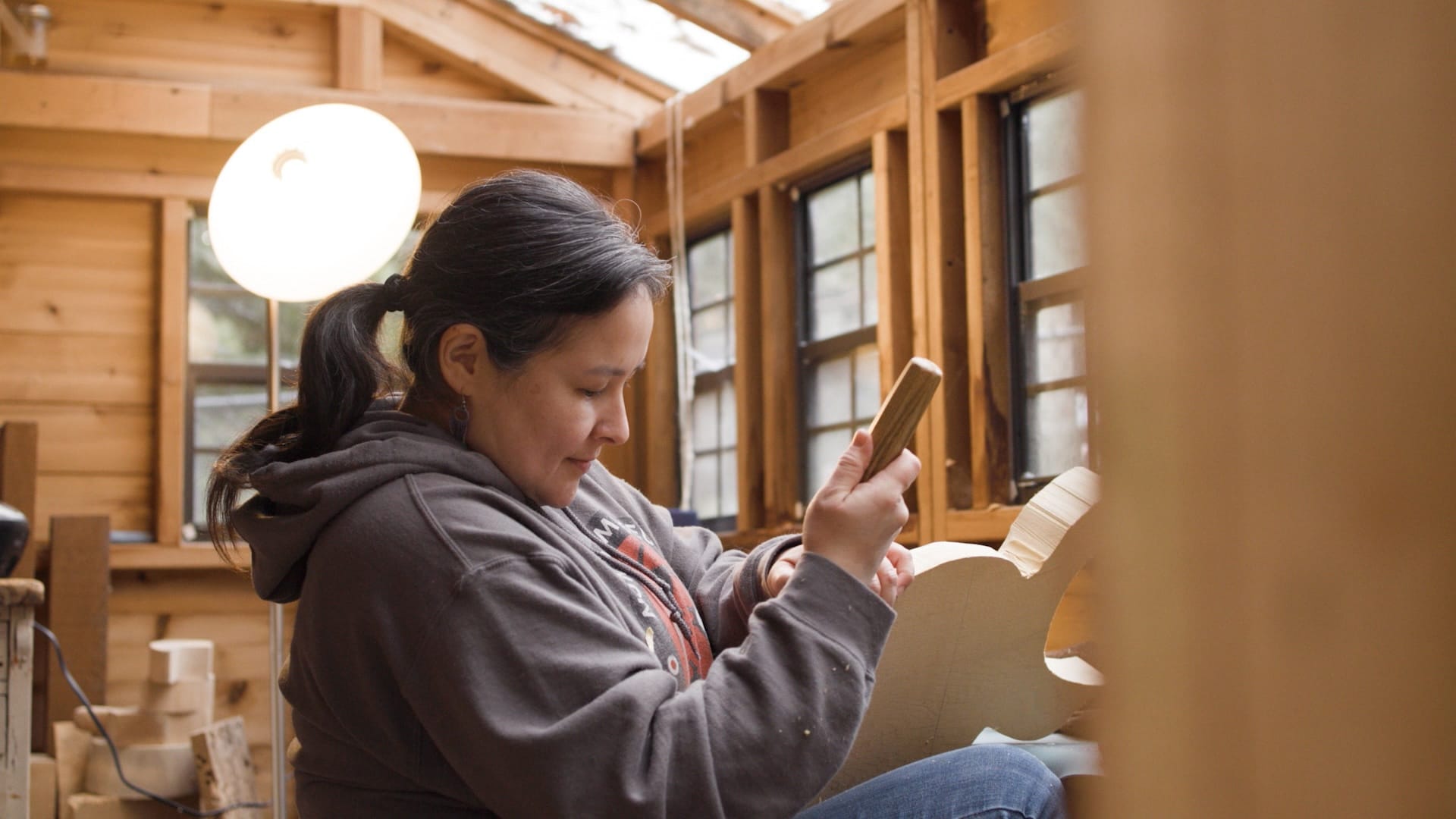
Catch up with the artists featured in the first season of Art by Northwest, and watch for new Season 2 episodes as they roll out in August, September and October, 2025.



